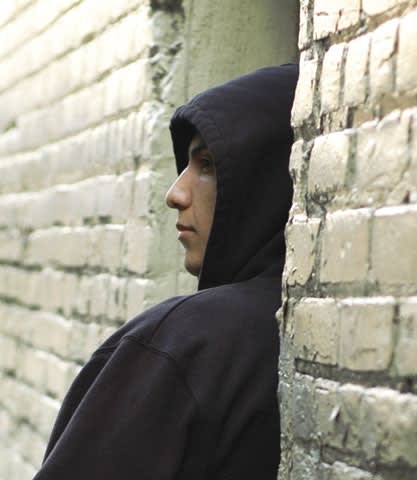If a witness saw a crime, he or she cannot opt out of the investigation. Fifth Amendment rights only apply to an individual's rights not to incriminate his- or herself. So a person does not have a specific right not to incriminate fellow gang members.
Many, if not most gang members, will willingly come down to the station to talk to police if they are only witnesses. This, of course, does not mean that they will be truthful. This is where you can exert pressure to get the truth.
The government has the right to subpoena witnesses. If witnesses refuse to comply with the justice process, they may be subject to penalties for contempt of court and obstruction of justice. If they come to court and lie, they can be charged with perjury.
In a perfect world, all witnesses to crimes would be law-abiding, sober persons, who could not be impeached in court. They would be people motivated by the greater good to do the right thing.
That may happen in Shangri-La, but it never happens in gang cases. Frequently these witnesses may be members of the same or a rival criminal organization with a variety of motivations for being witnesses, including giving notice to another gang that they will defend their territory and fingering a rival gang member.












